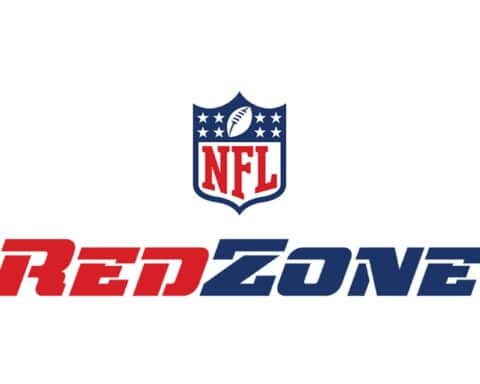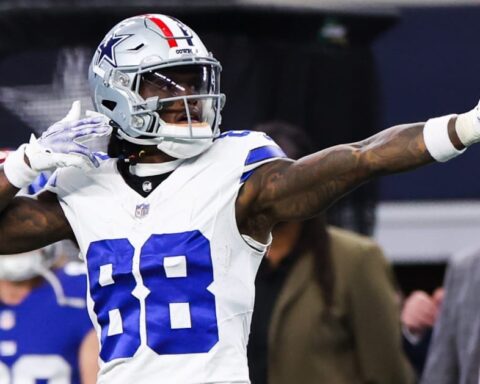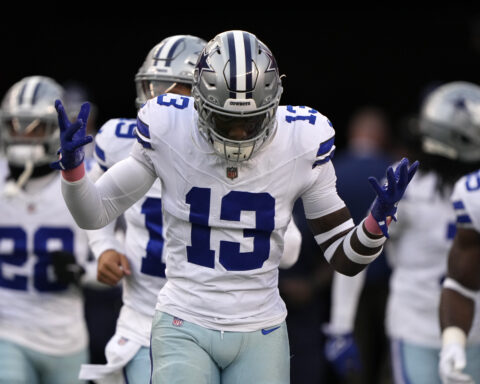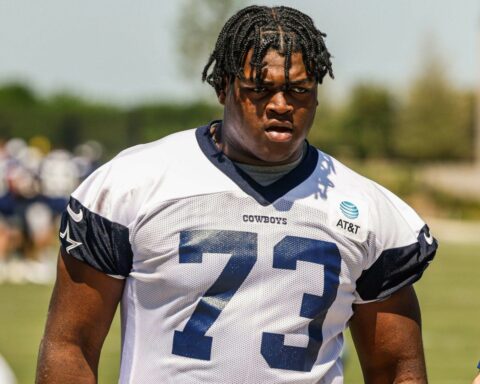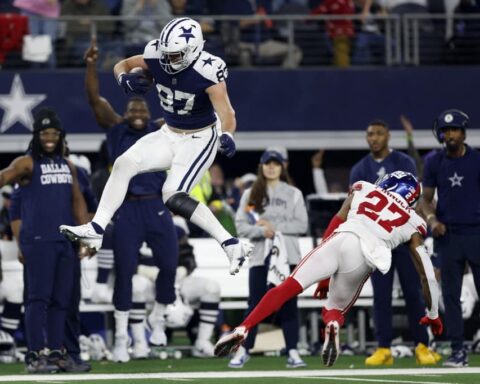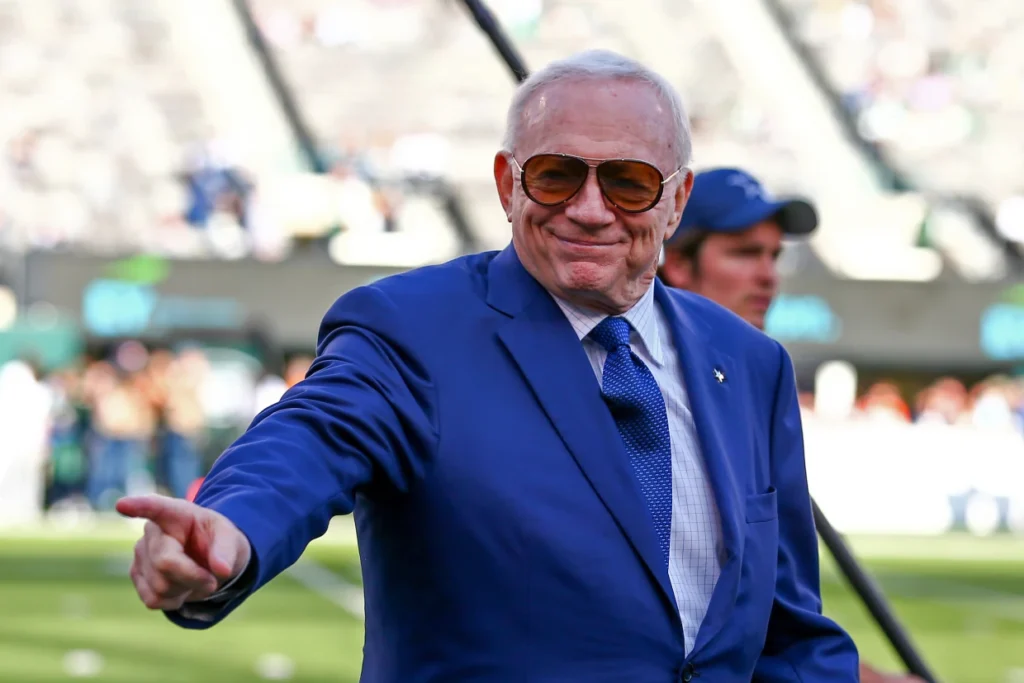Big media deals used to be about locking in the rights and sitting back while fans tuned in on schedule. ESPN’s newest deal with the NFL? That flipped the script.
We’re now seeing a very different kind of rollout, not just about who shows the game, but how it’s chopped up, streamed, and reshaped for every screen and scroll out there.
It’s no longer “watch this at 8 p.m. on Sunday,” it’s “you’ll see the best bit everywhere five minutes after kickoff.”
Even before the ink dried, folks inside ESPN knew they had to do more than sign a broadcasting contract and call it a day. There’s a reason this agreement runs into the billions.
That kind of spend isn’t just about airtime on cable, it’s about flexibility, doubleheaders on Mondays, extra time slots, and swapping broadcasts over to streaming platforms when needed.
Making Room for What Comes Next
You’re seeing a similar change in Canada, where fans aren’t passive anymore. They’re watching games with one eye while flipping between apps with the other. That kind of multitasking behavior is exactly what networks like ESPN are banking on.
With the NFL deal expanding streaming and scheduling options, Canadian viewers are likely to get more flexible access to live games across platforms, especially during key matchups.
That access doesn’t just mean more ways to watch, it also opens the door for real-time interaction, like checking stats, reacting on social media, or figuring out how to place sports bets in Canada while the game’s still underway.
Many of these platforms also let punters live stream matches and place in-play bets with competitive, constantly updating odds, plus perks such as fast payouts and generous bonuses.
It’s all part of the same shift, where viewing is no longer separate from engagement.
From the NFL’s side, this is about future-proofing.
Their biggest concern now? Losing touch with newer fans who didn’t grow up waiting all day for Sunday Night Football.
Those fans don’t sit around a single screen. They’re hopping between fantasy updates, TikTok clips, Discord chats, and whatever’s blowing up in real-time.
So, instead of expecting fans to come to them, the league’s making sure it shows up wherever those fans already are.
That’s the point of having so many different media partnerships.
When ESPN pushes a game over to Disney+ or replays it on ABC, it’s not random. There’s usually a deeper reason, often to match up with the audience that advertisers and sportsbooks are chasing hard.
Viewers who follow the NFL across multiple formats and platforms aren’t just more likely to stick around, they’re also far more likely to engage with what surrounds the game, from promotions to odds and everything in between.
The Shapeshifting of NFL Sundays
This isn’t a one-off experiment; these changes are stacking up fast.
NBC handed Peacock an exclusive Wild Card game. Amazon’s got Thursday nights locked in. Now, Netflix has announced it’ll stream two NFL games on Christmas Day this upcoming NFL season. None of that’s a coincidence.
These aren’t just distribution plays. They’re testing grounds for behavior, things like what people click on, where they linger, what they skip, and how it all feeds back into engagement and revenue.
Netflix’s announcement wasn’t just a headline. It puts the streamer right into competition with traditional networks, at least for that holiday window.
For the NFL, it’s another new tactic in widening the funnel and pulling new kinds of audiences into the mix.
Gen Z and millennial viewers are less interested in fixed schedules and more responsive to push notifications, trending hashtags, or smart integrations that meet them where they already are.
That’s why media diversity matters here, not just for exposure but for staying relevant.
The NFL doesn’t want to exist only in living rooms. It wants to pop up on the apps people open first thing in the morning, or while waiting for a bus, or scrolling during halftime.
The more tailored each platform becomes, the more precisely it can tap into loyal fan pockets that traditional channels might miss completely.
What It Means Going Forward
One thing that’s becoming clear is that the NFL has no interest in standing still.
These big media arrangements, like the recent partnership with Rogers Communications, are intentionally flexible. They’re built to let the league pivot quickly if something stops working or if a new trend needs to be chased.
If an older network’s viewership starts to fall, they’ve already got other lanes open through streamers, digital-first outlets, or social-focused partners that move faster.
ESPN’s latest deal isn’t just about securing a home for football, but about staying visible wherever the action is, giving fans the flexibility to choose how they watch and engage, from streaming on new platforms to interacting with live betting features, creating NFL Sundays that feel very different, and intentionally so, from the traditional experience.



